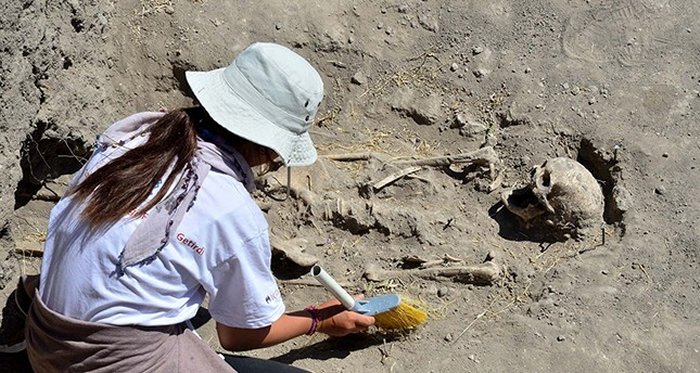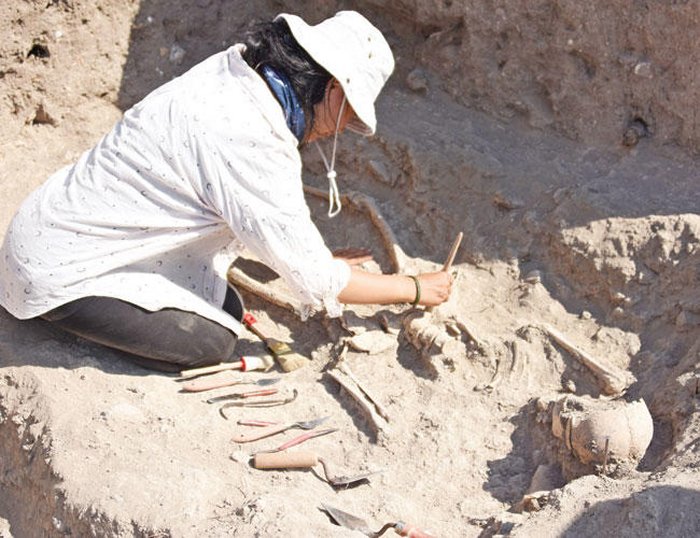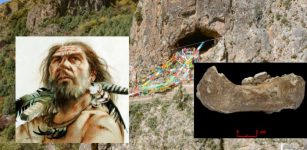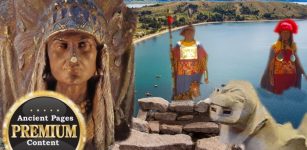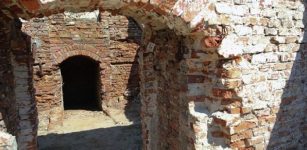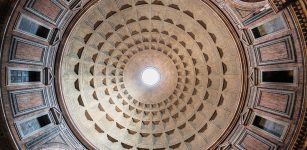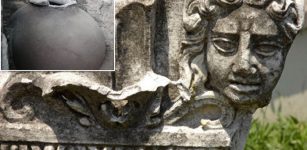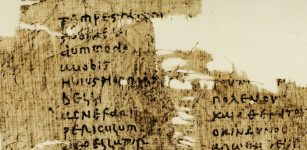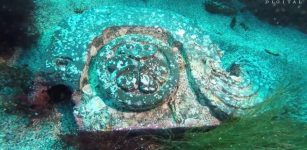Skeleton Of Last Trojan Discovered – Ancient City Of Troy May Have Been A Religious Sanctuary – Archaeologists Say
AncientPages.com - The 4,000-year-old ancient city of Troy is one of the most famous archaeological sites in the world.
Located in what today is known as Anatolia in modern Turkey, ancient city of Troy was the setting of the Greco-Trojan War that is the subject Homer's epic legendary poem The Iliad. Whether the Trojan War actually occurred and whether the site in northwest Turkey is the same Troy, is a matter of debate.
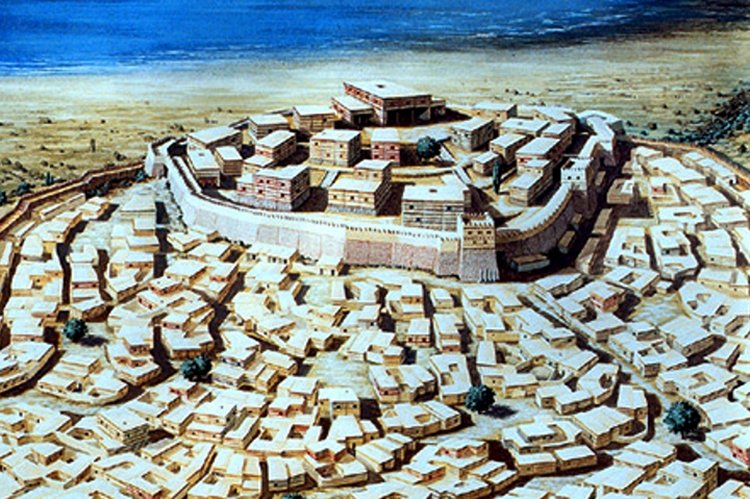
Reconstruction of Troy VIh/VIi (Wilusa of the Hittite text. Credits: Copyright by Christoph Haussner Munich
With its 4,000 years of history, the city of Troy in Turkey continues to surprise during excavations. It has long been assumed that the city of Troy was destroyed by the ancient Greeks, but recent evidence offers a completely different version of the site’s history. As previously reported on Ancient Pages, archaeologists now suspect that the ancient city of Troy was destroyed by an earthquake that ended the Trojan War.
Daily Sabbah reports that archaeologists excavating in the ancient city Troy have reason to believe this was place was once used as a religious center.
“Rüstem Aslan – president of the Troy Antique City Excavation Committee and archeology professor at Çanakkale Onsekiz Mart University – said excavations at the Eastern Rome cemetery have uncovered evidence suggesting the site may have been used as a sanctuary.
Archaeologists suggest the ancient city of Troy was once a religious sanctuary. Credit: AA
The remains in the cemetery, which was discovered last year, date back to the Hellenistic and late Bronze Age eras, Aslan said, adding that continued excavations this year will dig deeper to reach older Bronze Age artifacts.
Aslan said the excavation team is finding evidence that the area was used for religious practices, such as was discovered in the Western Sanctuary and Temple of Athena.
See also:
Akrotiri Of Thera: Sophisticated City In The Greek Cyclades Devastated By Volcanic Eruption
Monumental Grave Of Ancient Greek Poet Aratus Located In Mersin- But It Cannot Be Opened
Ancient City Of Knossos – A Cosmopolitan Hub Of The Minoan Civilization And Culture
"Perhaps we will see in Troy if there is another sanctuary such as a new 'South Sanctuary' in the coming excavation season," he told Anadolu Agency.”
The ancient city of Troy keeps captivating researchers.
Just recently the skeleton of the last Trojan that lived during the Eastern Roman era has been found, Hurriyet Daily News reports.
The ancient body was found in a field which was used as a graveyard in the Eastern Roman period. The graveyard was also discovered during excavations ongoing in the southern gate and the Roman-era agora.
The Dardanos Rider, a kind of souvenir gifted or sold to people visiting Troy, was found on the skeleton. The red-colored artifact dates back 2,300 years, according to examinations.
“The purpose of these excavations in the agora field was to understand the architectural findings other than the late Bronze Age. Particularly this year, we obtained some things that verify some previous findings. Two big earthquakes happened in Troy in 500 A.D.
We know that Troy was abandoned for a few years after the quakes, and there was a settlement after the 11th century until the mid-13th century, which we call the Eastern Roman era. This field was used as a graveyard in this era. The skeleton we found in the graveyard is now being cleaned.
Skeleton of last Trojan discovered in the ancient city of Troy.Credit: hurriyetdailynews.com
We can say that it is the skeleton of the last Trojan who lived in mid-13th century. At the same time, we have archaeological data that the southern gate was a holy field in the Hellenistic era. We have found some terracotta artifacts in previous excavations in this holy field. This year we found one of them, too,” Aslan, a professor at Çanakkale Onsekiz Mart University said.
“This type of terracotta, which is called Dardanos Rider, is seen in the holy field in Troy. We found lots of them in the western holy field, Temple of Athens holy field and the southern gate.
But for the first time this year, we found colored terracotta. One can clearly see a fingerprint on it. This artifact was a kind of souvenir given to the visitors of the ancient city of Troy in that era. It depicts a rider and reveals that the southern part was used as a holy field after the western field. We will make further studies in future excavations,” Professor Aslan added.
Excavations will continue and we can hope archaeologists can report about more exciting discoveries made in the fascinating ancient city of Troy.
AncientPages.com

